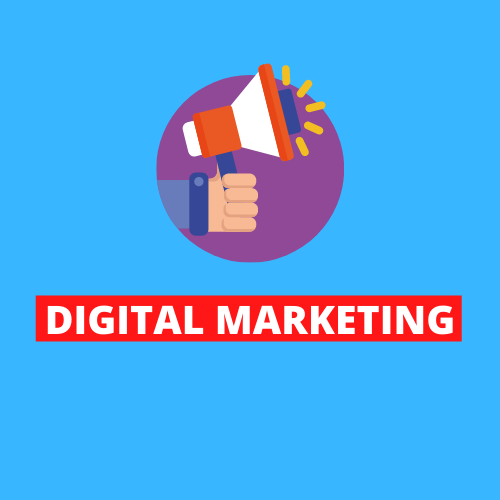Understanding how to navigate the complex world of Search Engine Optimisation (SEO) is vital to any museum or cultural venue looking to expand reach and drive online engagement.
Over the past two decades, technology has advanced at what feels like lightning speed. From hardware innovations like the iPhone to the software revolution initiated by cloud computing, there are certain aspects of society that seem unrecognisable from how they were in the 20th century.
In this modern world of online tools and digital dependence, we are all aware that an effective web presence is a valuable tool in any sales and marketing effort. And, at the heart of all this, are three little letters with a big impact: SEO.
Search Engine Optimisation is the term used to describe the challenge that a website faces when trying to gain exposure. In order to gain “organic” visitors, websites must jump through a series of hoops (over 200 factors are taken into account) as set by Google, Bing and other search engines in order to rank highly for a particular search term . . . such as Museums in Paris, for instance.
Once an organisation has mastered the art – or perhaps we should say, science – of SEO, the result is a prominent position on page 1 of Google’s search results and a surge in subsequent web traffic.
While paid advertising, email marketing and social media activity can drive a substantial portion of a museum’s traffic, there is no doubt that organic traffic is king for the majority of institutions looking to attract eyeballs.
But how does SEO work, and what is it that gets a museum climbing its way up the Google rankings? Understanding SEO is the difference between chasing vanity traffic and establishing a museum as a leader in its field.
Keywords, crawling and creating content for Museums
Crawlers are tools used by search engines to move through websites looking for people’s search terms, which take the form of keywords. These keywords are vital for improving your search engine ranking and placing your higher on the results list. In the most simplistic terms, keywords are how search engines decide that your content is relevant to the searcher. These phrases can be used in headings, titles, meta data and URLs, as well as in the body of the text on a given web page.
Websites can rank for broad keyword searches like “museums” or “galleries”(although the competition is tough) but they can also target what are known as ‘long tail’ keyword – i.e. terms that are more specific in order to reduce competition and narrow down the field of interest. An example of a long tail keyword search might be “Railway museums in Manchester” or “VR exhibitions about Van Gogh”.
As well as keywords, links are also pivotal to SEO. Website links can take three forms:
- Inbound links: when a third-party site features a URL that links back to yours.
- Internal links: when a link on your website takes you to another page, also on your website.
- Outbound links: when a link takes the user from your website to another.
All of these are important for creating a user journey, and showing search engines that your content is worthwhile, naturally created and useful to the end user.
The importance of authenticity
Reading the above, those who are new to SEO would be forgiven for thinking it’s simply a matter of drowning your website in keywords and watching the traffic roll in. However, search engine algorithms are cleverer than that, and they can tell the difference between genuinely informative content, and clickbait designed to draw people in.
What’s more, web traffic quality is essentially irrelevant if everyone who enters the museum site bounces off as soon as they realise it isn’t providing anything of value. This is why natural and authentic content is still essential to successful SEO efforts.
The same is true for links. While it may be tempting to agree to any and all inbound link opportunities, it’s important to ensure that any partner-linking is authentic and valuable for both museums and their visitors. If museums wish to be seen as cultural leaders, they need to be selective about who they partner with.
All of this simply hammers home the importance of striking a balance between ticking SEO boxes and offering worthwhile content for digital visitors. South Wales Miners Museum, for example, achieves this balance through specificity, providing content about the industrial heritage of the Afan Valley rather than trying to appeal to more general tourists.
Tools like Moz Keyword Explorer and GetKeywords can be used to monitor the success of SEO efforts, while Google Analytics provides insight into who, when and how people interact with a website.
Whether through clicks, bounce rates or time spent on certain pages, by analysing the success of SEO along the way, museums can adapt and alter their methods and content in order to reach the maximum number of relevant parties.
The MuseumNext Digital Summit 2022 kicks off on the 6th June, and will feature inspiring ideas and case studies from those championing the latest and greatest digital innovations in museums and galleries. Click here to book your tickets now, to make sure you don’t miss out.
from WordPress https://ift.tt/yHkroPp
via IFTTT

0 Commentaires